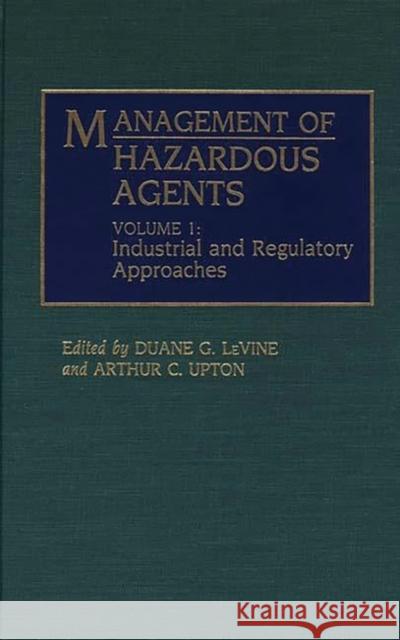Management of Hazardous Agents: Volume 1: Industrial and Regulatory Approaches » książka
Management of Hazardous Agents: Volume 1: Industrial and Regulatory Approaches
ISBN-13: 9780275943226 / Angielski / Twarda / 1992 / 208 str.
Management of Hazardous Agents: Volume 1: Industrial and Regulatory Approaches
ISBN-13: 9780275943226 / Angielski / Twarda / 1992 / 208 str.
(netto: 342,30 VAT: 5%)
Najniższa cena z 30 dni: 355,74 zł
ok. 30 dni roboczych
Bez gwarancji dostawy przed świętami
Darmowa dostawa!
This book, along with its companion volume, discusses the research needs, institutional modifications, and legislative changes that must be addressed to deal more effectively with the risks of hazardous materials. Prominent among the research needs is the necessity to assess the health effects of low-level exposure to toxicants. For none of these agents (lead, mercury, radiation, PCDDs, dioxins, PCBs, pesticides) is the existing toxicological data sufficient to define unambiguously the dose-effect relationship in the low-dose domain. Another uncertainty is our ignorance of how individuals within the human population may vary in susceptibility to the agents because of differences in genetic background, age, sex, diet, health status, and exposure to extraneous environmental influences. Also identified among the research needs are methods for improving the technology of waste disposal, waste reduction, and waste recycling.
Institutional changes necessary are the commitment to long-term, pro-active, prevention-oriented objectives; institutional mechanisms to achieve better consistency and coordination among different agencies; improvement in the reliability, credibility, and effectiveness with which institutions communicate risk-assessments and risk-management policies; and provision for more adequate education and training of all who must be involved. Finally, the need for certain legislative changes is considered, including better use of incentives, such as taxation and price support mechanisms; better use of enforcement provisions; statutes that address cross-media patterns of human exposure; and greater federal-state-local coordination in risk-assessment and risk-management activities.











